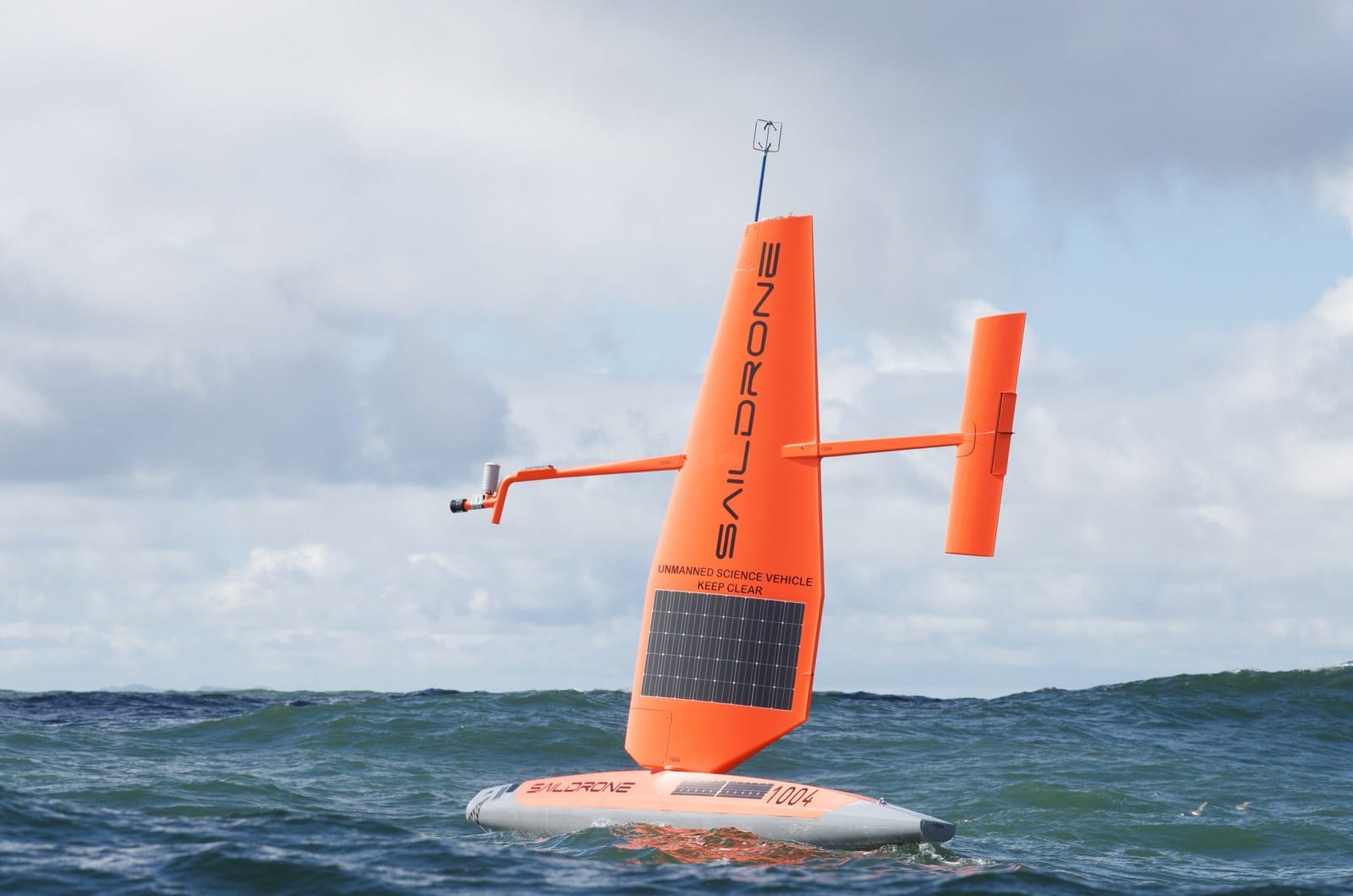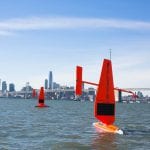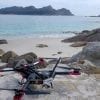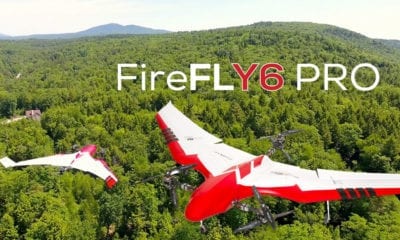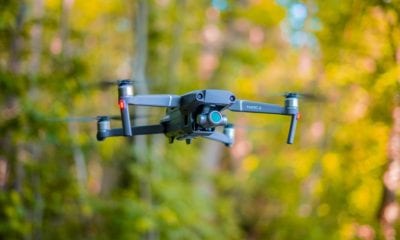Saildrone Scales Up With $60M Funding to Help Save The Oceans
San Francisco-based Saildrone, the company that is working with several agencies including NASA, the National Oceanic and Atmospheric Administration (NOAA) in the U.S. and Australia’s leading scientific research organisation, CSIRO, has made a splash in the oceanic drone world with the announcement of a successful Series B round that will bring in a massive $60 million in funding.
The company is the creator of the distinctive orange USVs (unmanned surface vehicles) that, while appearing rather like oversized model yachts, are in fact high tech collectors of ocean data.
Harnessing the energy of wind and the sun, the unique, patented saildrones are on a mission to quantify the planet’s oceans in real time. This is no small task, as our oceans make up 71% of the planet’s surface.
- Source: CSIRO
- Source: CSIRO
Now, with $60 million in funding from Horizons Ventures, as well as from existing investors including Capricorn’s Technology Impact Fund, Lux Capital, Social Capital, and The Schmidt Foundation, the company sees their mission one step closer.
With the funding, Saildrone intend to scale up operations to build a new generation of ocean monitoring infrastructure. The global fleet would assist scientists with the provision of invaluable data on weather systems, aquatic life and the ocean itself. Such a system would allow an understanding and management of our oceans on an unprecedented scale, and with unparalleled efficiency of costs, the company says.
In addition to its work with NOAA, NASA and CSIRO, the company has also opened an advanced manufacturing facility in Alameda, California. This expanded 200,000 square foot facility will give Saildrone much needed space to speed up the creation of its 1,000-strong ocean-going drone fleet, the minimum required to be able to efficiently monitor the world’s oceans at a six by six degree resolution.
CEO Richard Jenkins says that, “This is a major milestone for Saildrone, as deploying this new global infrastructure is a key enabler for our vision of ‘a quantified planet,’
The fleet we're building will provide unprecedented high resolution in-situ data that will increase our understanding of the planet by orders of magnitude and thus benefit the vast majority of the world's population. - @saildrone Share on X
While the investors clearly want to see a return on their investment, they are aware that there will also be a return for the planet. As Horizons Ventures’ Bart Swanson said, “Big data can help us understand changes in the state of the planet for generations to come.”
Saildrone is on the frontier of quantifying those changes, and we are excited to help Saildrone turn the concept of a quantified planet into reality by achieving global coverage of the world’s oceans.”
“Saildrone aims to demystify the vast ocean for the mutual benefit of science and industry,” says Bilal Zuberi, Partner at Lux Capital. “Scientists could determine real-time and evolving ocean health; governments could track the impacts of off-shore drilling; fishing companies could determine when they’ve overfished an area and it’s time to move on; businesses could model weather patterns and changes better. The impact of collecting and interpreting all this new data will be as deep and impactful as the ocean, itself.”
“We had invested in a pioneering constellation of satellites for earth observation and are excited to embark on this new adventure to explore the earth’s oceans. Saildrone will bring to ocean and weather data what SpaceX and Planet brought to the space industry — cheap and reliable access combined with a constellation approach,” said Ion Yadigaroglu, Managing Partner of Capricorn’s Technology Impact Fund.
Saildrone’s work was recently showcased in their work with the Schmidt Ocean Institute’s White Shark Voyage, a research project which hopes to better understand the behaviours and migration of the inimitable Great White Sharks.
“I think that that what we will see as the platform matures, people will be flocking in and recognizing there is more and more and more purpose for this particular platform. So I think we’ve seen just the tip of the iceberg at this point,” said the What Shark Voyage’s biological oceanographer Jan Witting.

